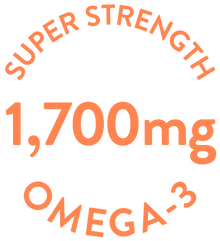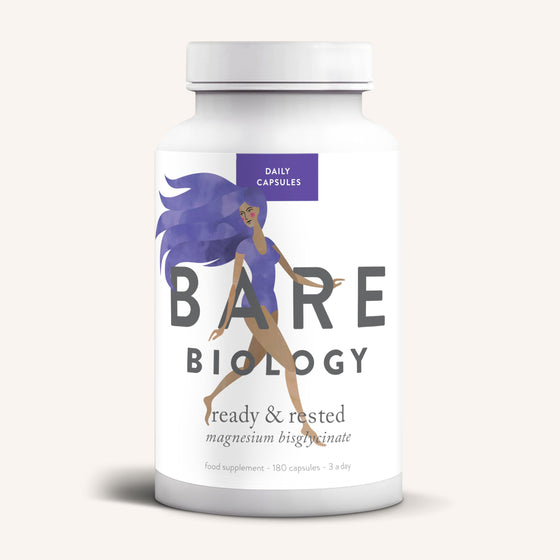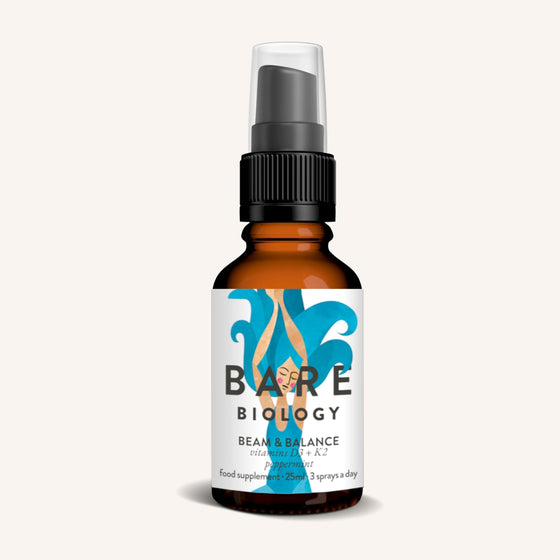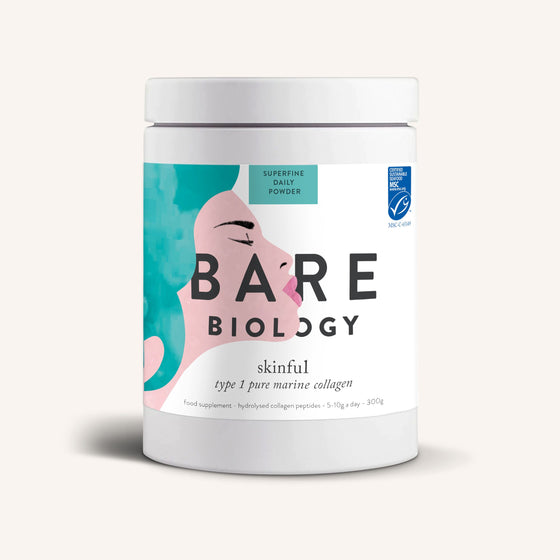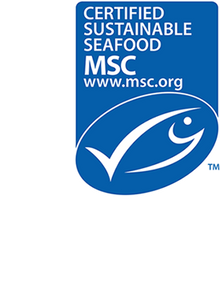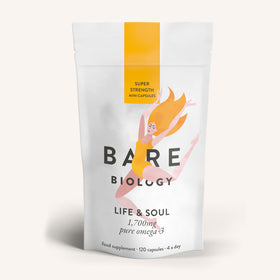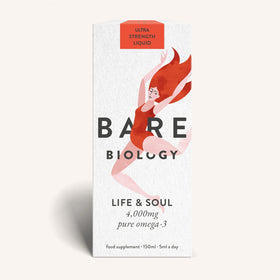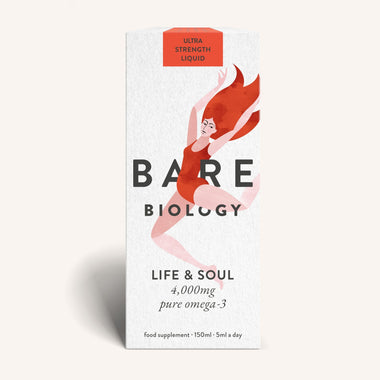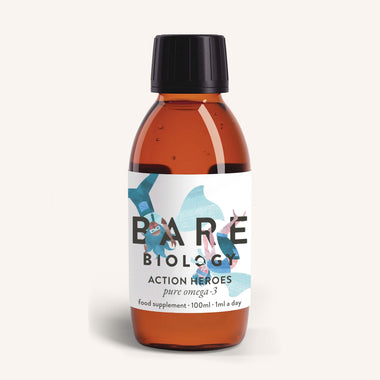What are omega-3 fatty acids and what do they do?
CONTENTS
You might have heard of omega-3 fatty acids, but what are they and how do they work in your body once you’ve eaten them? Let’s take a closer look to find out...
What are omega-3 fatty acids?
When it comes to the human body there are only three types of omega-3 fatty acids we actually use; alpha-linolenic acid, eicosapentaenoic acid and docosahexaenoic acid, all more commonly known by their abbreviations ALA, EPA and DHA.
Omega-3 fatty acids definition
EPA and DHA are both long-chain omega-3 fatty acids (20 carbon compounds or more in length) and they’re found in oily fish. Fish rich in omega-3 fatty acids include cold-water fish, such as mackerel, sardines and salmon or you could take an omega-3 fatty acid supplement like a fish oil capsule.ALA is a medium chain fatty acid (18 carbon compounds in length) and it’s found in plant-based sources such as rapeseed oil, flaxseed, walnuts and quinoa. The body uses ALA to make EPA and DHA but it can only do this in very small amounts.

Omega-3 fatty acid benefits
While ALA does provide the body with energy, it’s EPA and DHA that work together to provide many of the omega-3 benefits you read about.
DHA is a major structural fat found in the tissues of the body. It accounts for up to 97% of the total omega-3 fats in the brain, up to 93% of omega-3 fats in the eye’s retina and is a key component in the heart and cardiovascular system.
DHA is particularly important for foetal development as it ensures cells in the brain, eyes, heart and other parts of the nervous system develop and function properly. This is why pregnant women and those who are breastfeeding need more DHA in their diet.
Where are omega-3 fatty acids found?
EPA and DHA are abundant in oily fish, where they’re usually found in either a 50:50 or 60:40 ratio. Like us they have to convert the ALA in the food they eat to make it but, unlike us, they’re much more efficient at doing it.
It also helps that the marine microbes the oily fish feast on, such as algae and phytoplankton, are brimming with ALA.
The problem with relying on plant-based fatty acids to get your omega-3
While ALA can be converted to EPA and DHA in the body, our ability to carry out this conversion is poor and made even more difficult by the prevalence of omega-6 in our diets.
Put simply, it takes three reactions in our bodies to make EPA from ALA and another four reactions to change that EPA into DHA. And to successfully complete these reactions, the body needs an adequate supply of enzymes to set the process in motion.
Unfortunately enzymes are easily disrupted by the presence of too many omega-6 fatty acids in the body, something that’s common for us in the West with our reliance on vegetable oils and processed foods.
While foods like chia and seed oils are often promoted as being high in ALA, relying on these foods alone will not provide you with enough of the more important omega-3s, EPA and DHA.
“Less than 2% of ALA is converted to EPA by the liver and less than 0.5% of ALA is converted to DHA,” explains Dr Loren Cordain, professor emeritus at the Department of Health and Exercise Science at Colorado State University. “The majority of long chain omega-3 essential fatty acids’ (EFAs) effects are attributed to EPA and DHA, with DHA being the most dominant EFA. Hence, by consuming concentrated sources of ALA, such as flaxseed oil, very little is converted to the healthful EPA and DHA.”
The best way of ensuring we get enough EPA and DHA is to eat foods rich in these fats, such as oily fish.
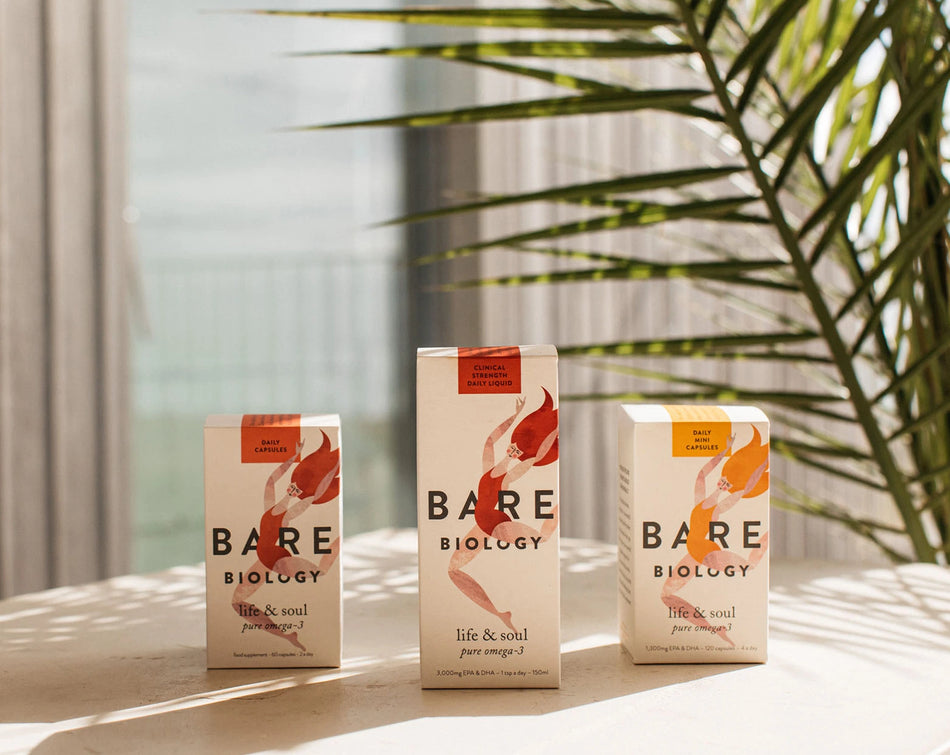

While foods like chia and seed oils are often promoted as being high in ALA, relying on these foods alone will not provide you with enough of the more important omega-3s, EPA and DHA.


Which fish have omega-3 fatty acids?
Look for cold water, oily fish such as mackerel, trout, herring, sardines or salmon. But which oily fish are highest in omega-3 fatty acids?
We can answer that in two words - wild ones! The fact that most of the fish we eat today is farmed, rather than wild caught, is yet another reason why we can’t rely on eating two portions of oily fish per week alone to get the omega-3 our bodies so desperately need just to function normally.
Johnathan Napier, from Rothamsted Research in Hertfordshire, explains why. “Over the last decade the amount of EPA and DHA in fish feed, and consequently in the fish we eat, has declined significantly. This is predominantly as a consequence of a finite supply of oceanically sourced omega-3s, combined with the continued growth in aquaculture, which is a vital production system to provide protein for the ever-growing human population. This means that although farmed fish is still a great source of both protein and Omega 3s, such as EPA and DHA, we now need to eat more than before to get the recommended dose.”
So you can see why the best omega-3 fatty acids supplements are made with wild, rather than farmed fish. The fish oil in all the supplements at Bare Biology is made from wild (never farmed) sardines, anchovies and mackerel.
How do omega-3 fatty acids work in our cells?
So once we’ve eaten wild oily fish or taken a good quality supplement like Bare Biology’s Life & Soul clinical strength omega-3 fish oil, how does our body use it at a cellular level?
The omega-3 free fatty acids you eat are able to enter every cell in the human body. Here they not only work as a lubricant (hello, beautiful skin) they can also improve communication between cells. That’s because when there’s enough omega-3 in the cell membrane, the long, flexible structure (provided by those 20 carbon compounds) allows for a better flow of nutrients into the cell, while wastes are prevented from re-entering. The fatty acid DHA, in particular, is especially high in the cells that make up the retina and brain, which accounts for its great reputation for improving vision and cognitive performance.

Why do we need omega-3 fatty acids?
We have trillions of cells in our body, from the neurons in our brain to the cardiac cells in our heart. Omega-3 helps them function properly and communicate with each other.

